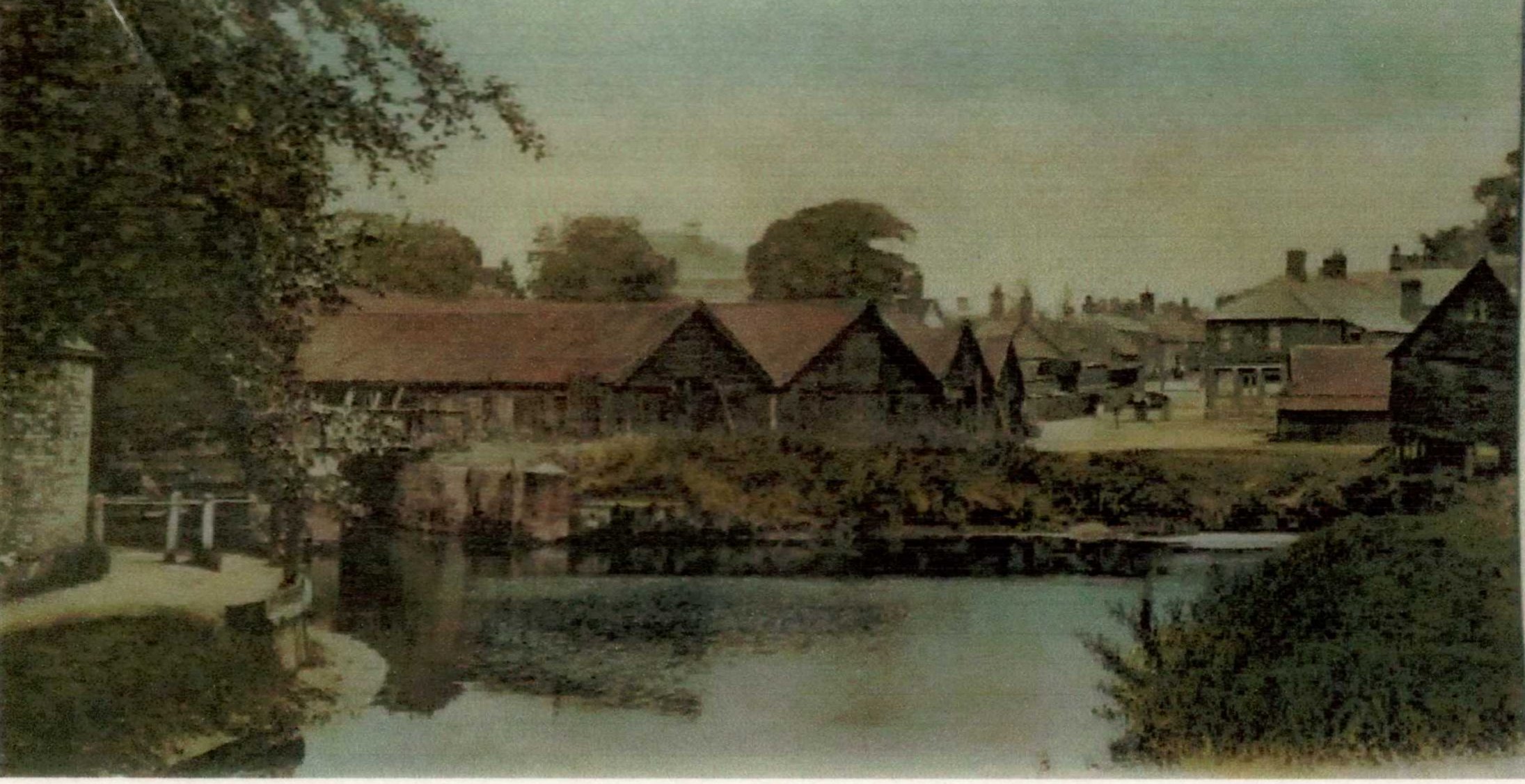
The Blyth Navigation was established in 1761 and flourished for a 100 years before being overtaken by the coming of the railways.
Norwich Mercury Halesworth July 23rd 1761
This day we had the pleasure of receiving into our Bason a keel from Southwold, laden with coals and drawing three Feet of water. We can assure the Publick that the Works for facilitating the Navigation of our River, are constructed and finished with the Greatest Art, and as they afford the most pleasing probability of a particular Benefit to the Town, so do they no less promise to the Country around us a more extensive influence, especially as the Tolls imposed on the several kinds of Merchandise conveyed up and down the Blyth, are low beyond expectation it would be unpardonable ingratitude in us, not to take the earliest Opportunity of acknowledging our Obligation to those Gentlemen, who actuated by generous Zeal for this undertaking nor feared to bring them the Torrent of Malice, Predjudice and interest to bring about to General Benefit. The Barge was attended from the Town Lock up to the Bason by a numerous concourse of People, assembled not more to satisfy their curiosity at the Novelty of the Sight, then to join in the General Joy and Triumph of the Occasion.
For much of its length it made use of the River Blyth itself. However the last section, of nearly a kilometre up towards Halesworth itself, was a newly dug route called the New Reach. This avoided the large number of meanders that existed on this section of the Town River.
The New Reach starts at Halesworth Lock which is still a substantial structure although now the River itself runs through it and large trees are growing through the brickwork causing damage. It continues under a relatively new bridge under the main line railway, under White Bridge which is shown on early maps as a swing bridge and then arriving at the basin which has been filled in for many years. In the 1830s Patrick Stead, the malting entrepreneur, built another lock so that his wherries could get back into the Town River and get direct access to more of his maltings. Remains of the lock can still be seen in front of the Langley Quay development.
